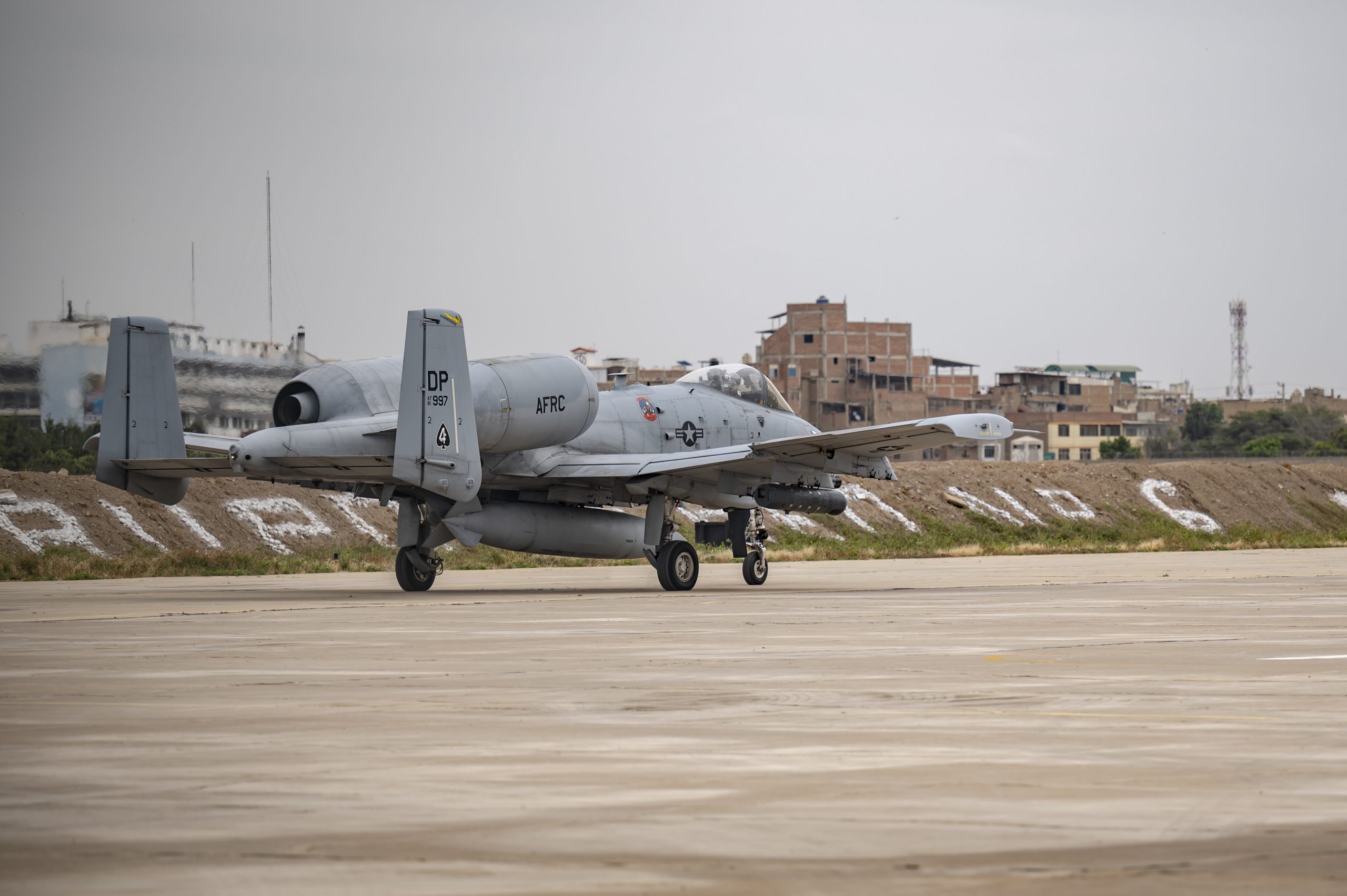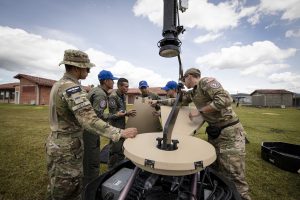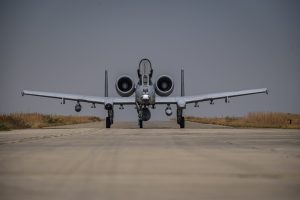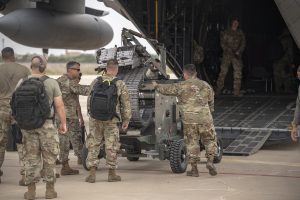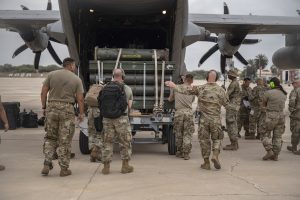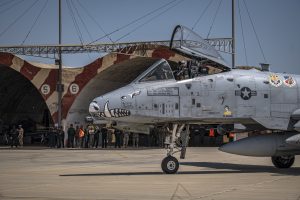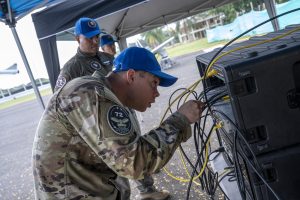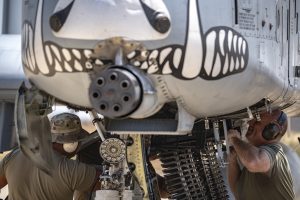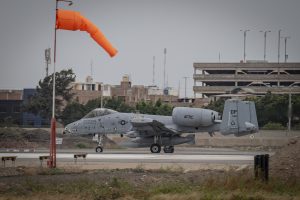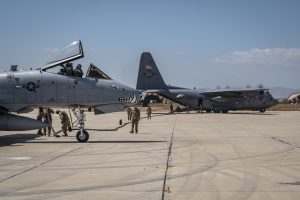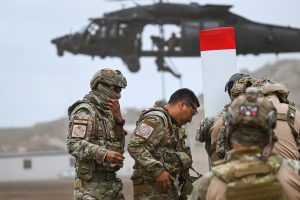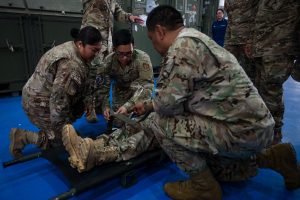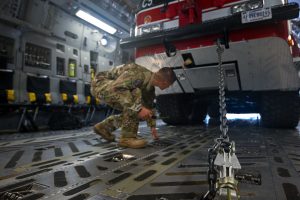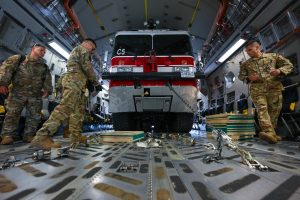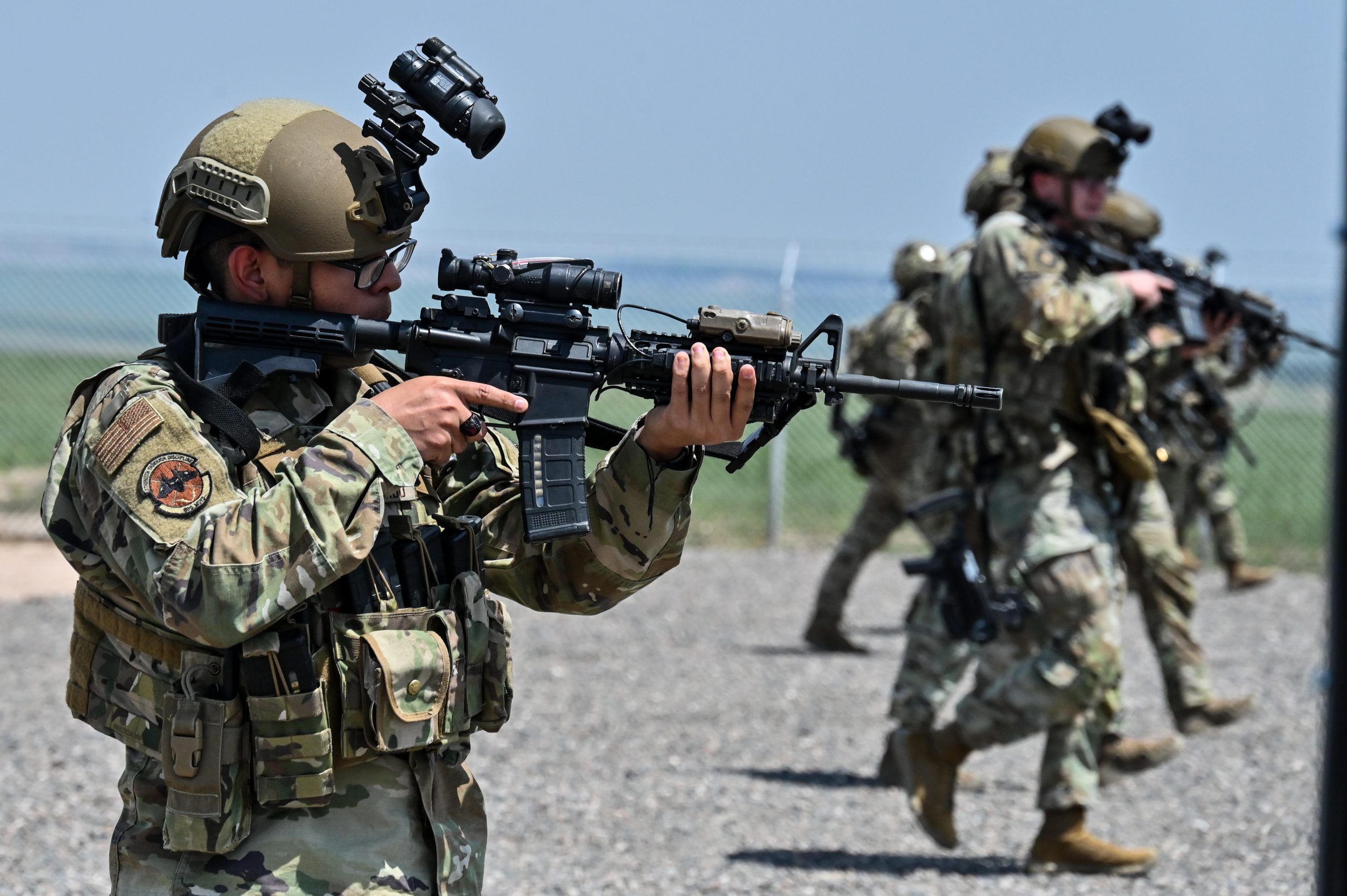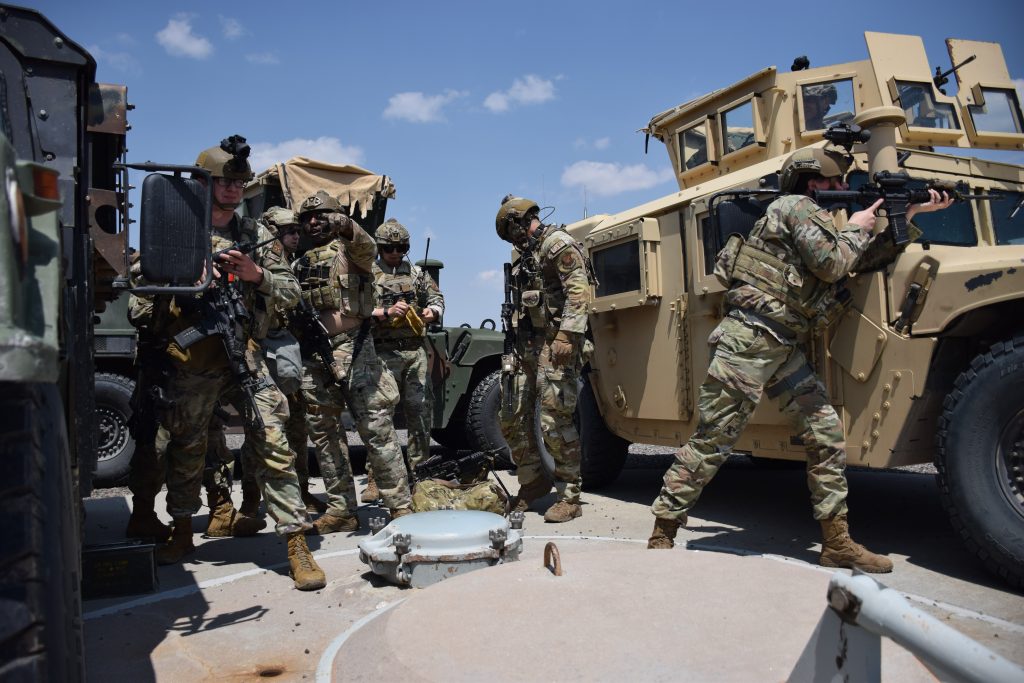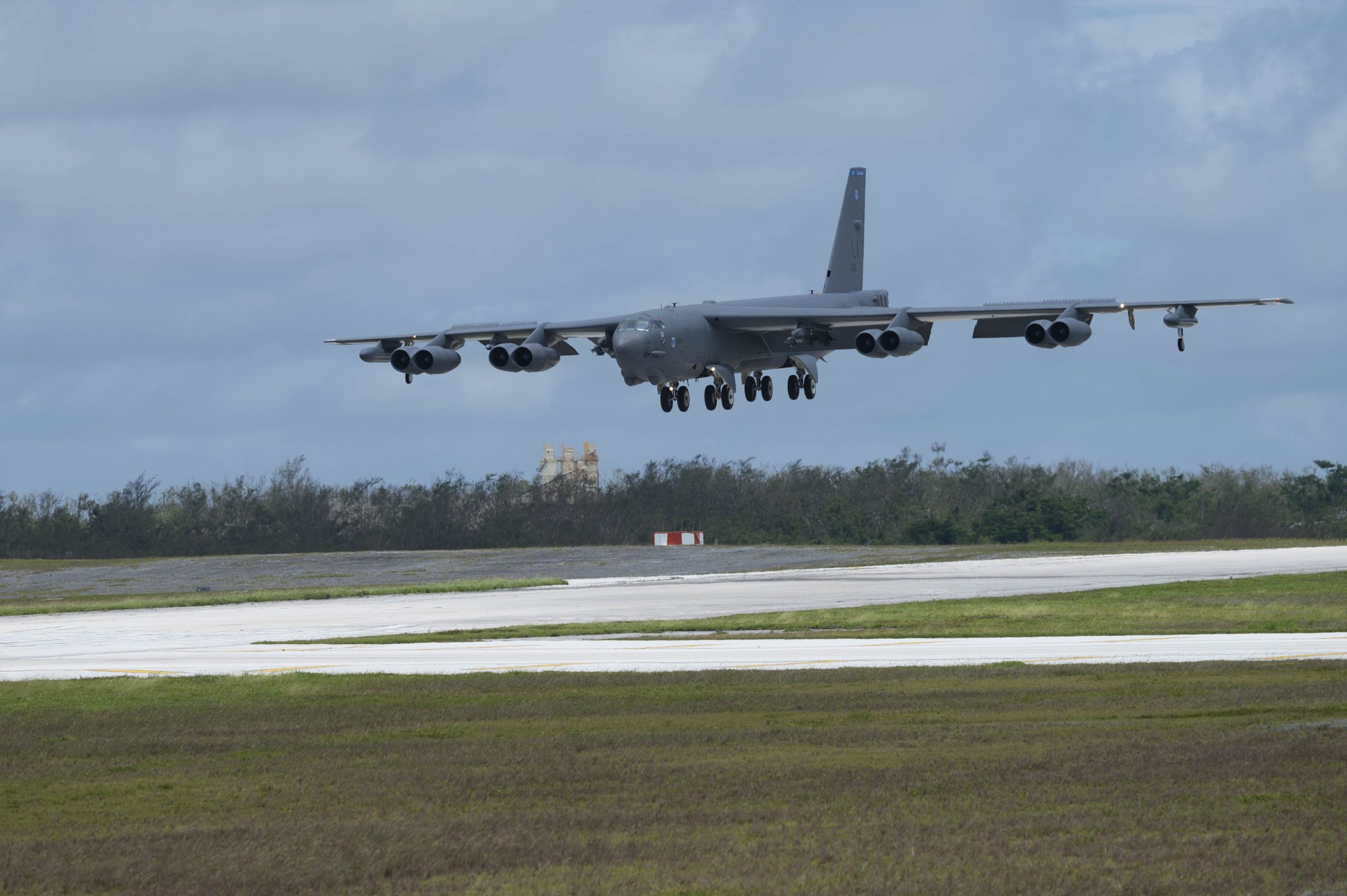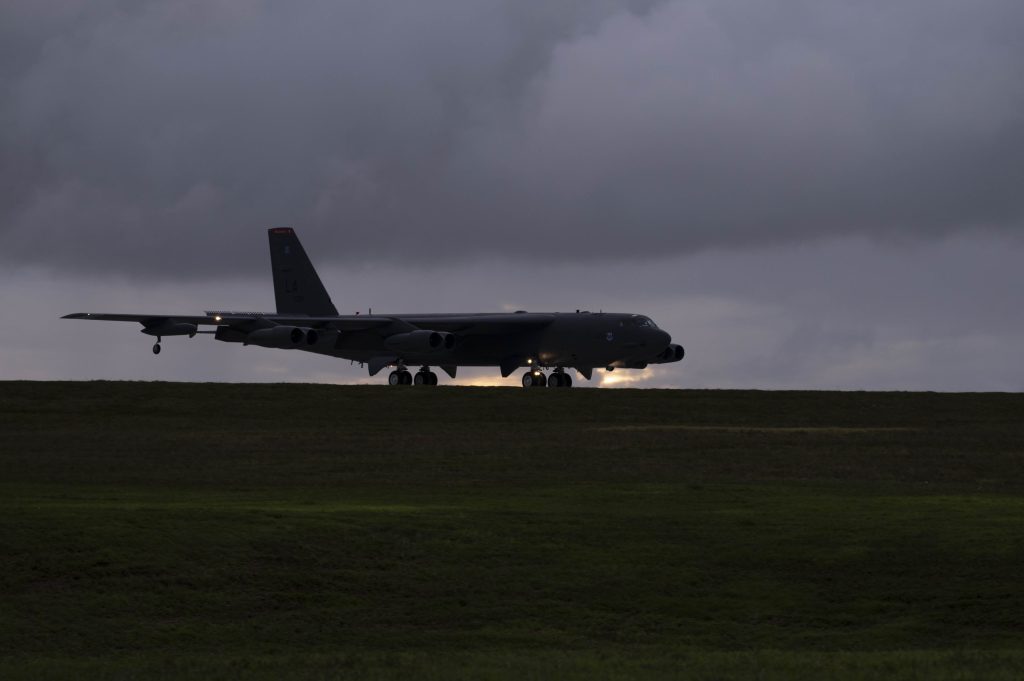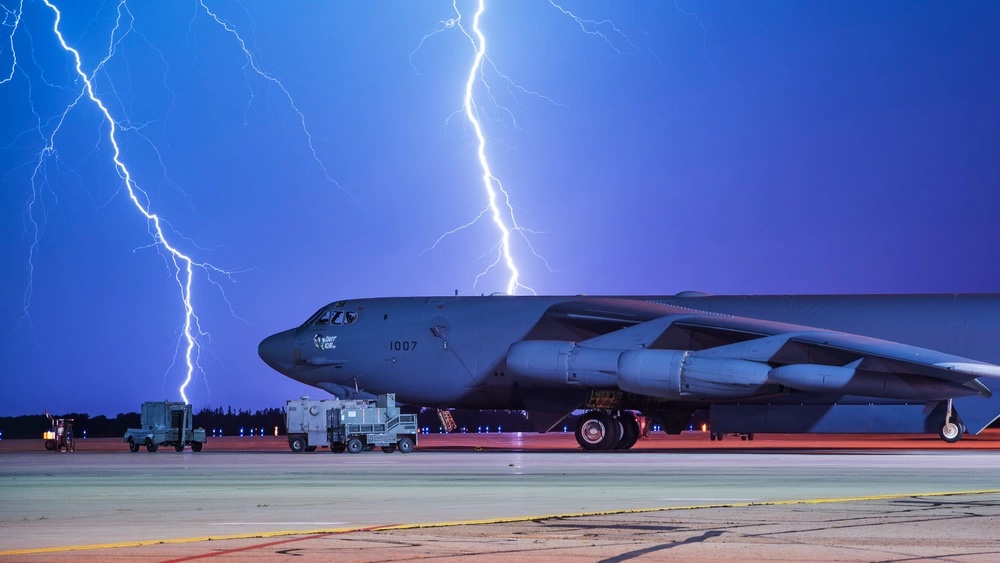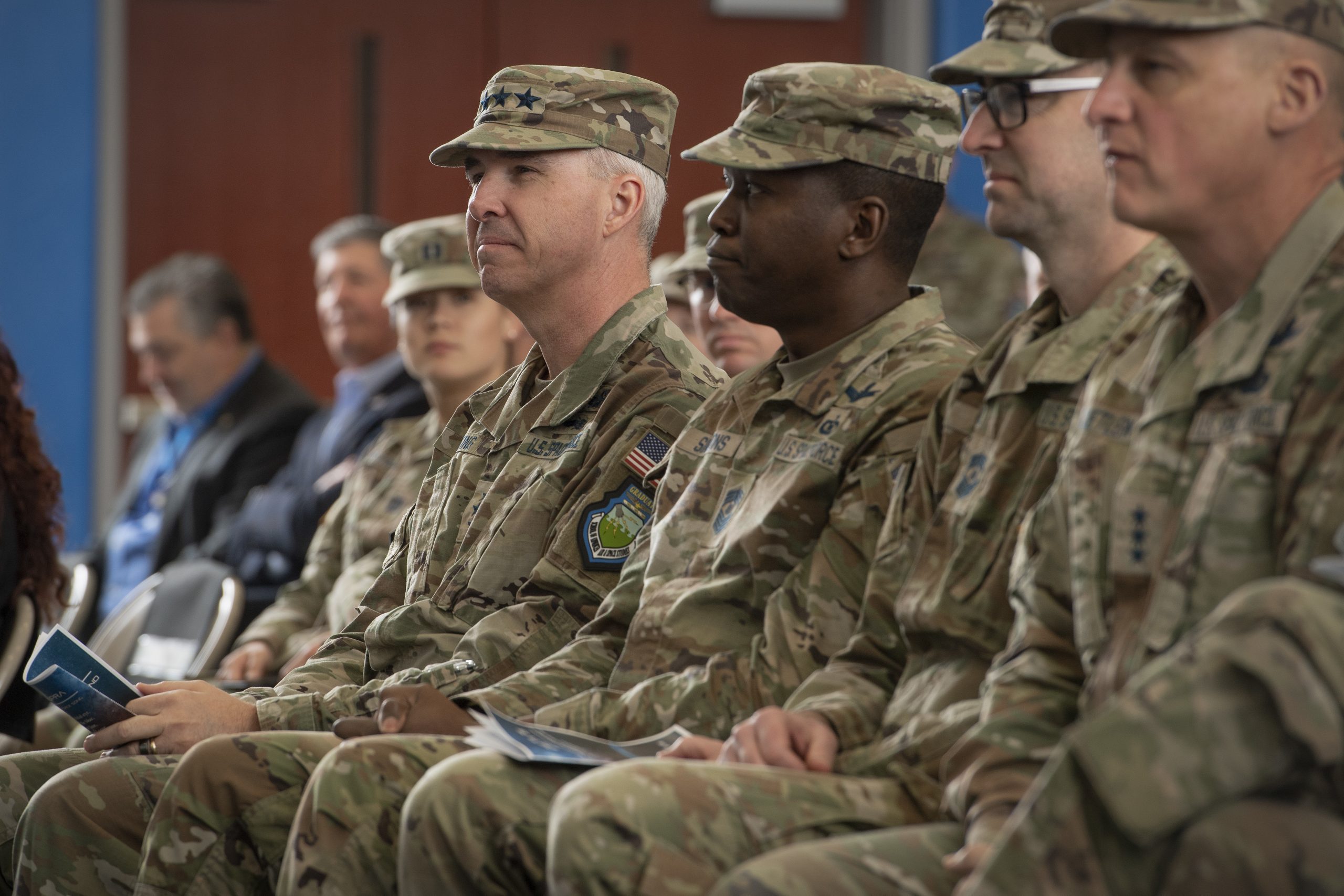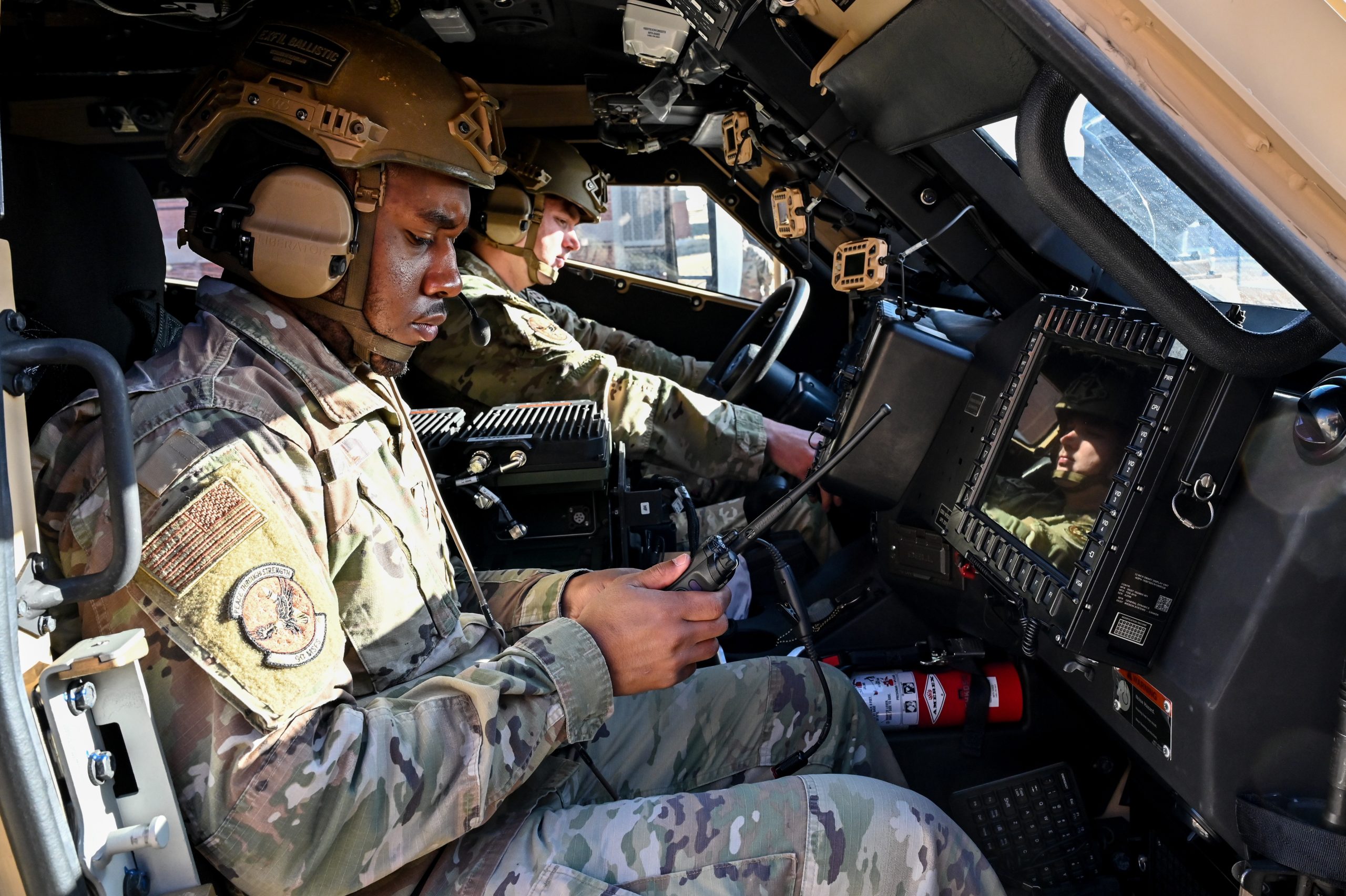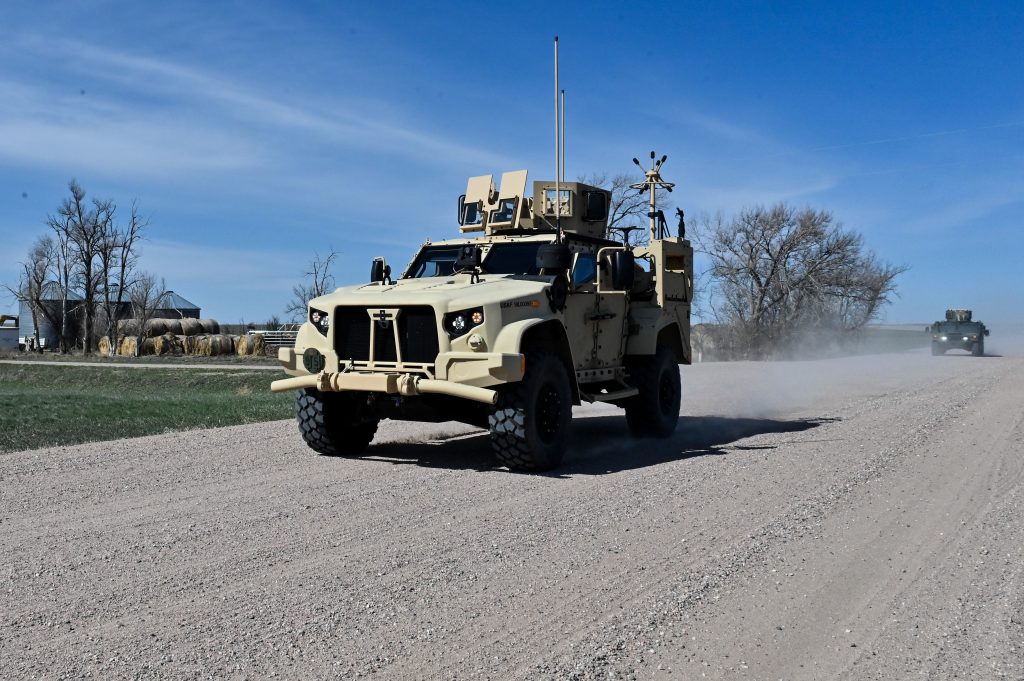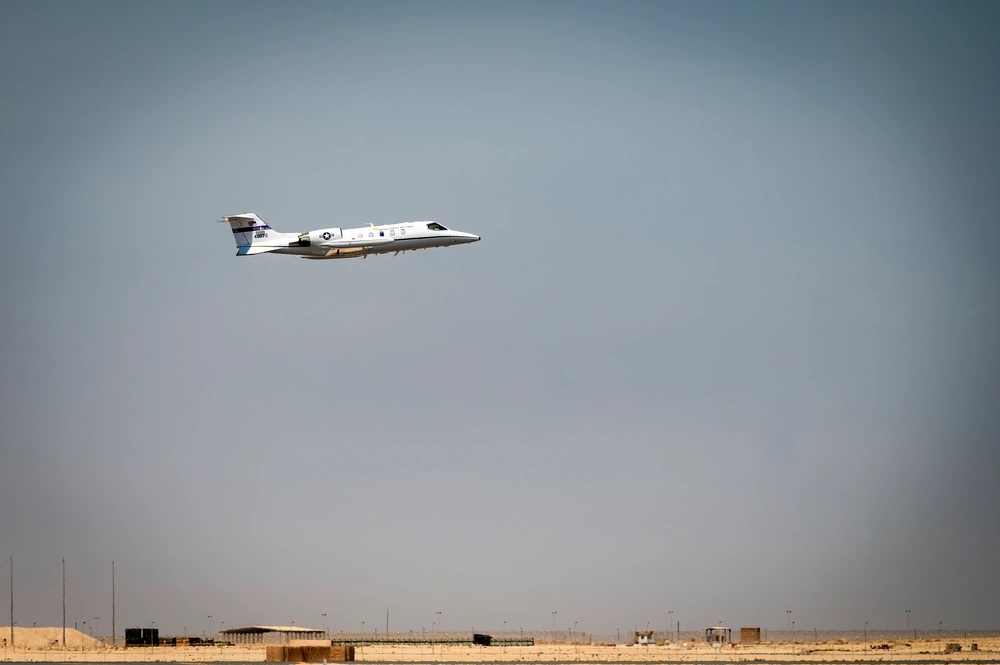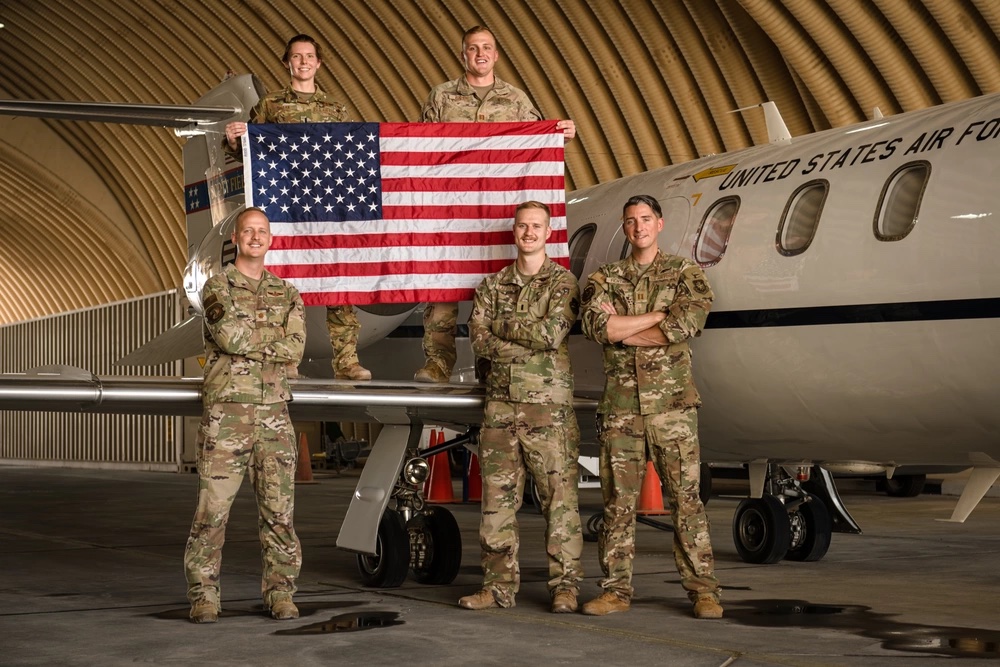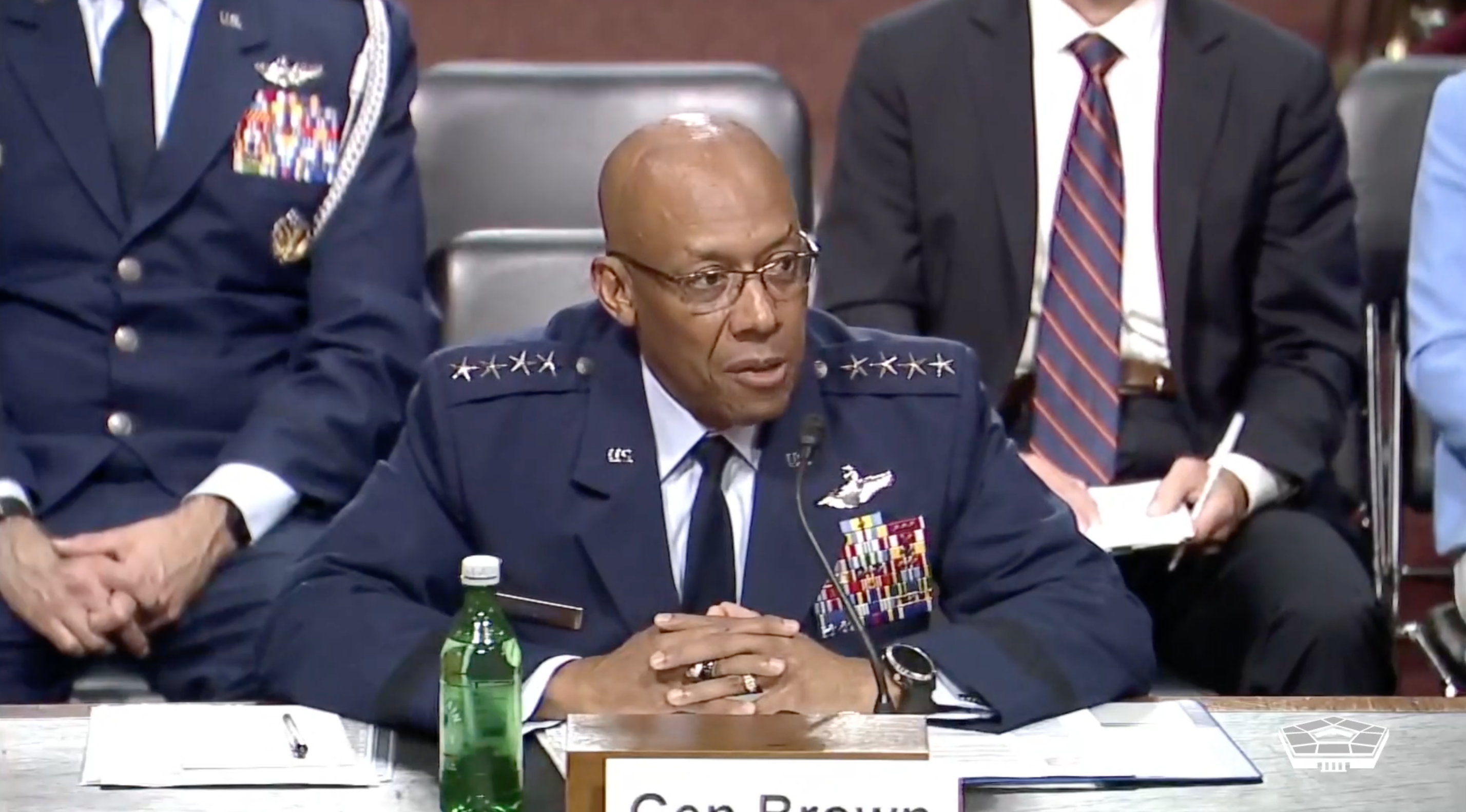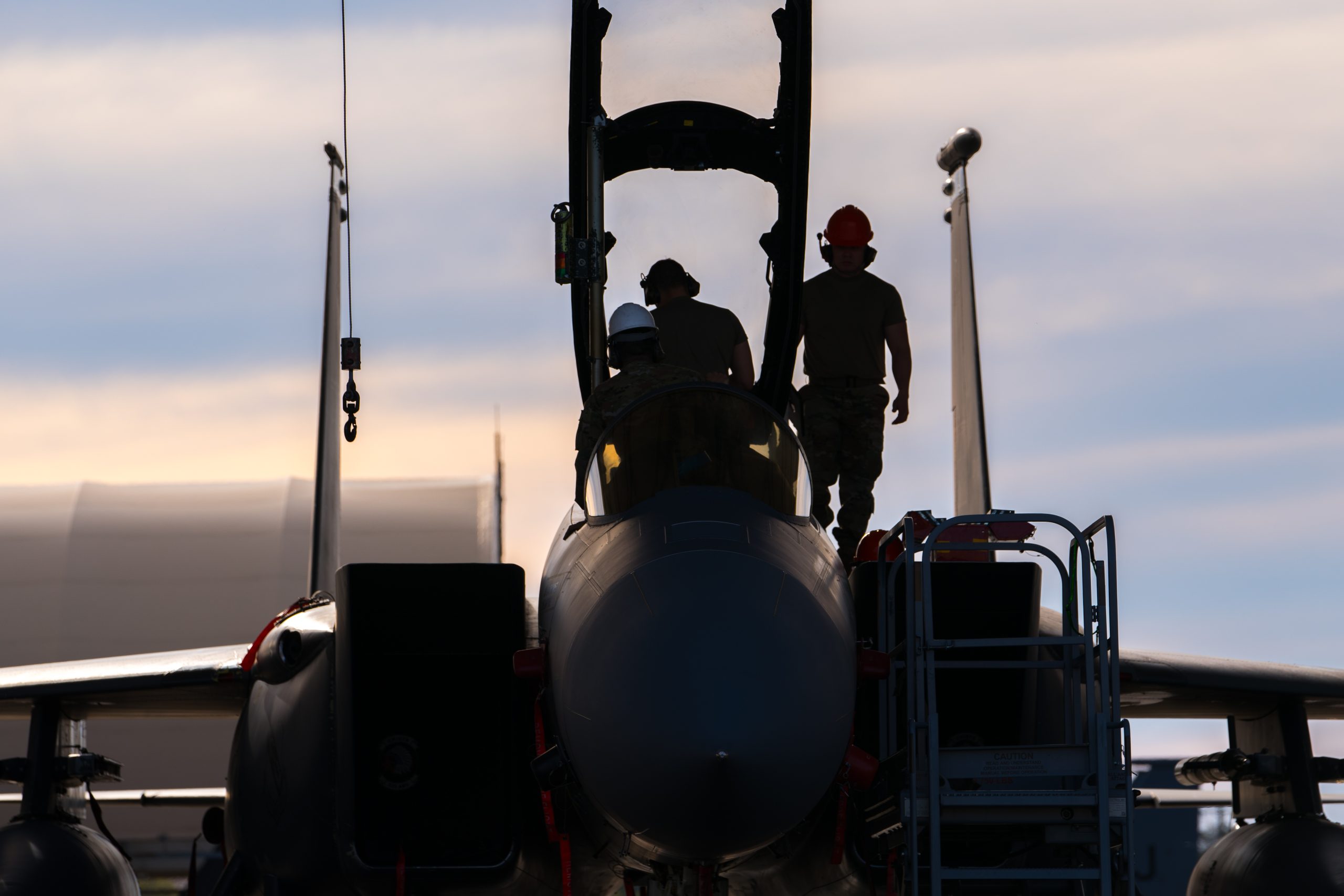An A-10 “Warthog” landed in South America for the first time ever recently, as Air Forces Southern leads one of the largest exercises under U.S. Southern Command.
Resolute Sentinel 23, the third edition of the training exercise in SOUTHCOM, involves roughly 1,000 personnel from the Air Force, Space Force, Army, Marine Corps, Coast Guard, and eight partner nations: Peru, Ecuador, Colombia, Great Britain, Brazil, Chile, Panama, and Uruguay.
The 12th Air Force—Air Forces Southern—is leading the exercise, with 10 USAF aircraft involved, including the A-10, KC-135, C-130, C-17, and C-5, as well as 24 USAF units, spokesman Lt. Col. Mickey Kirschenbaum told Air & Space Forces Magazine.
Resolute Sentinel began in 2021, growing from previous humanitarian relief exercises like New Horizons and Beyond the Horizons. The first two editions took place in Central America, but this latest version, based mostly out of Peru, marks the biggest one yet.
In addition to practicing humanitarian relief operations and aeromedical evacuations, Resolute Sentinel includes training for combat operations, interoperability, and Agile Combat Employment, requiring Airmen to rapidly relocate and operate from austere bases. In one scenario on July 12, Airmen set up a forward area refueling point (FARP), gassing up an A-10 from an HC-130 in a remote airfield. “The A-10s need additives for their fuel,” Kirschenbaum said. “We thought we had a contractor here that was going to provide that, and they weren’t able to. So we had to come up with a solution to ferry fuel from one location to the other and then put the additives in so the A-10s can fly with the proper fuel inside. … We’ve been doing a lot of events like that, overcoming obstacles that you would see in a deployed location.”
The A-10s in the exercise are from the Air Force Reserve’s 47th Fighter Squadron at Davis-Monthan Air Force Base, Ariz.—the Reserve portion of the exercise is going by the name Patriot Fury. Units from Texas, Georgia, Minnesota, Pennsylvania, and Ohio are all involved, even bringing their own fire truck and refueling trucks.
Meanwhile, the Space Force is also getting involved through Operation Thundergun Express, a 21-day Space Force deployment exercise nested under Resolute Sentinel. Members of the 16th Electromagnetic Warfare Squadron worked with compatriots from the Ecuadorian and Colombian air forces to build “mobile space detection systems” in Cali, Colombia, and Rionegro, Colombia, and based their command and control in Lima, Peru, according to an AFSOUTH release. It was “the first-ever defensive space control operation in U.S. Southern Command history.”
“During the exercise, the forward-deployed team rapidly detected and reported live-fire electromagnetic interference sent from an exercise input cell attempting to disrupt a commercial satellite on orbit over the Atlantic Ocean,” according to the release.
Resolute Sentinel began June 24 and will run through July 22.
Editor’s Note: This article was updated July 17 to correctly identify all of the units involved in the exercise.
